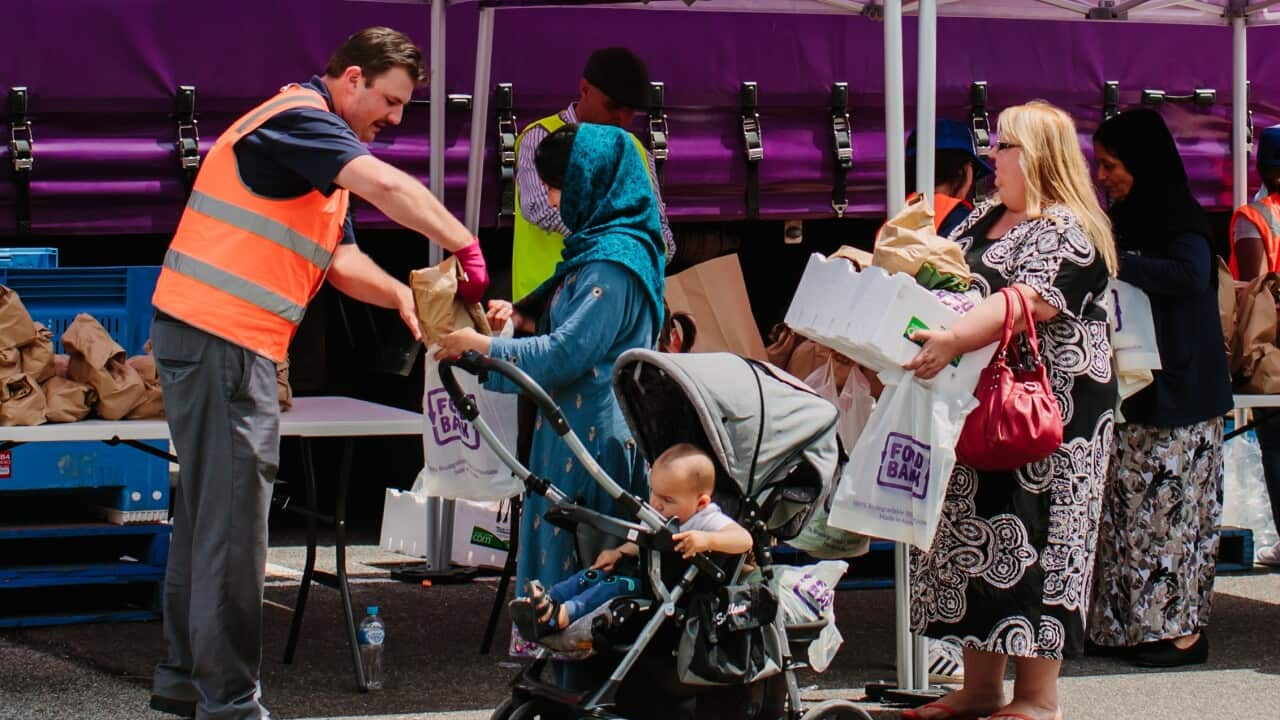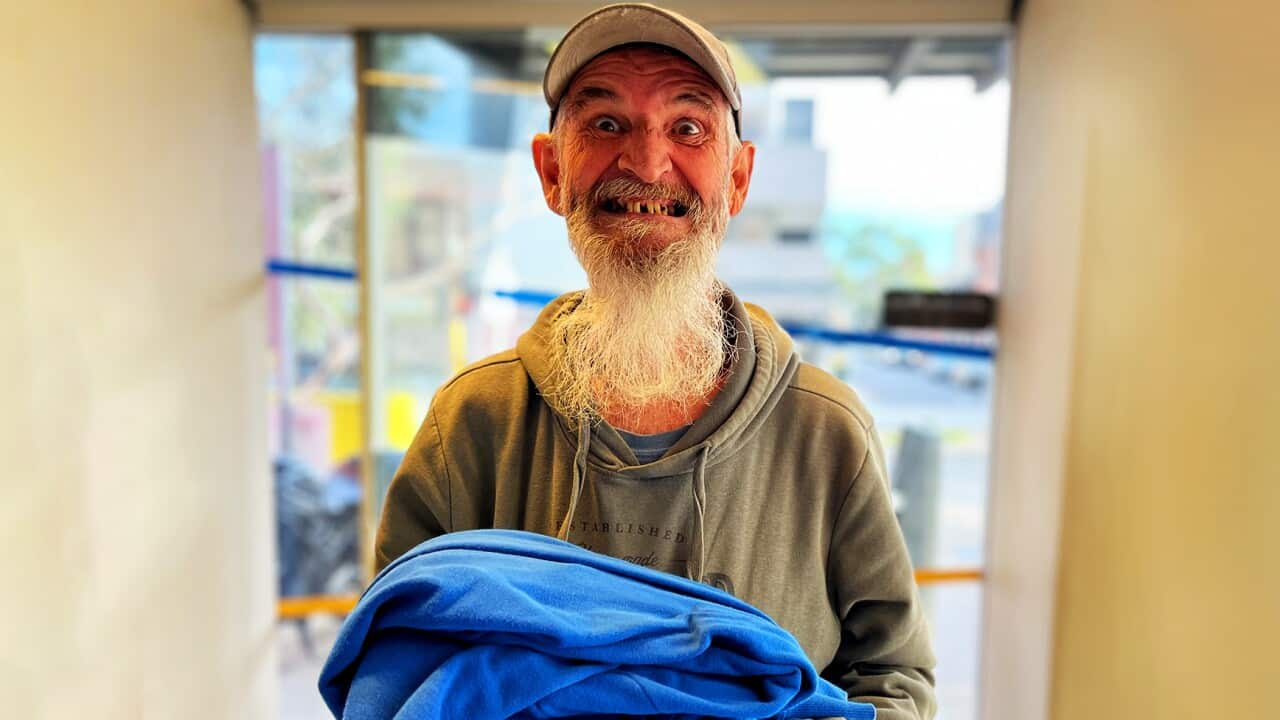

6 min read
This article is more than 1 year old
As the cost of living bites, even op shops are facing criticism over high prices. Is it fair?
Are op shops the latest victims of inflation and the rising cost of living in Australia? It's complicated.
Published 30 May 2023 6:01am
Updated 30 May 2023 6:09am
By Isabelle Lane
Source: SBS News
Image: Leeyong Soo loves the thrill of finding interesting second-hand items at bargain prices. (Leeyong Soo/Supplied)
For many Australians, the local ‘opportunity shop’ is a place to donate items in service of a good cause, or nab a cheap, second-hand bargain while saving something from landfill and supporting charitable works.
But as the inflation and , even op shops are facing criticism over perceived high prices.
On social media, one Australian TikToker took aim at what they termed the "gentrification" of op shops in a video that's attracted more than 39,000 likes and 1,200 comments.
"[With] the rising popularity of thrifting, some of these prices are getting ridiculous," the video creator said, going on to detail some of the alleged culprits.
"While they are beautiful and in great condition, I don't see why they warrant $200 and $300 price tags,” the narrator said of a rack of fur coats.
“Need I remind you, thrift stores get all their things for free."
So is the criticism fair, or is there more to the story?
Representatives of some of Australia’s major charity op shops told SBS News that prices for the average item have remained consistently low.
A spokesperson for Red Cross Australia, which has 162 stores across Australia, told SBS News that Red Cross Shops “rely on the generosity of donors who provide us with quality products they expect to be appropriately priced”.
“We respect their intent to support Red Cross while satisfying our customers with products that represent good value,” the spokesperson said.
Prices are set by individual stores, and the average price paid per item at Red Cross retail stores is $8.58, with the funds raised used to support Red Cross Australia “to deliver its humanitarian programs,” the spokesperson said.
National director of Salvos Stores Australia Matt Davis said it’s clear that “Australia is going through a real crunch at the moment”, with a “larger number of people experiencing financial hardship, and seeking support”.
“You've got this new thing emerging in the Australian community where there's just a lot of bill stress happening and, obviously, the charities are facing into that directly,” he said.

The customer base at Salvos Stores has shifted over the years as the "stigma" around shopping second-hand has dissipated. Source: AAP / AAP
Mr Davis said that while the price of the average item purchased at Salvos Stores has remained low for years - at around $5 - “it's absolutely an accurate assessment by shoppers that things have changed when it comes to items that are higher in value”.
“When you're talking about those more exclusive items that are worth a bit more … you're not necessarily getting those for $5 or $10 like you might have 10 years ago,” he said.
“If there's an item that's really worth a higher amount of money, then our teams are much better trained, much better aware of how to seek a higher price for that, because they are wanting to power our (charitable) mission.”
In the past it was somewhat “taboo” to visit an op shop and “people wouldn't necessarily say that's where they got their items from”, Mr Davis said, but that’s changed.
“We now know that 95 per cent of all our customers can afford to shop new, but they choose to shop second-hand because of their ethical, environmental, and social-impact motivations,” he said.
“So you've got a much broader range of customers that are in the stores. And in that sense, we do have this amazing ability to generate the funds to power the mission.”
Mr Davis is keen to point out that the Salvation Army is still “fiercely committed to helping those that are doing it tough”, and offers a voucher-based program “where every year we give away $3 million of products for free for no charge at all”.
Leeyong’s been op-shopping for 30 years. Here's why she still loves it
DIY fashion enthusiast Leeyong Soo has been op-shopping for more than three decades.
When it comes to finding bargains, frequency is key, according to Ms Soo, who regularly visits around four op shops a week.

Leeyong Soo has been obsessed with op shops since she was in high school. Credit: Leeyong Soo/Supplied
“Having said that, it does vary. Even the big ones now have got some things that are still going to be cheap, and some are not,” she said.
Ms Soo posts many of her best op shop finds, which she often alters and 'upcycles', on Instagram.
"I just like sharing different things that are not in the normal shops. Because I know my style is not for everyone and I really don't care," she said with a laugh.
Ms Soo isn't convinced that the current inflation cycle is to blame for rising op shop prices.
"I have noticed them going up for years. I don't think it's just a recent thing,” she said.
“I think originally they were set up to serve people who, for example, didn't have enough money, and they had to go in there and buy clothes. That was when there was stigma about shopping in op shops, because it was really embarrassing to have to go into an op shop and buy second-hand clothing. Whereas now, well, I don't think there's any or as much stigma over op-shopping as there used to be.”
Ms Soo said she has observed the gentrification of some op shops over the years.
"There definitely are some shops I rarely even go into anymore, because they just look really like normal shops, and I'm not interested,” she said.
“I like rummaging. I like mess, randomness, and those shops are probably perfect for people who are not normally shopping in op shops; they're like entry-level op shops, I suppose you could say.”
Ms Soo’s decades-long devotion to op shops is driven by the thrill of “finding something really cool at a cheap price” while also supporting charity and “stopping things from being thrown out”.
"It's mainly about the thrill of the hunt. You just don't know what you're gonna find,” she said.
“I think that's probably what appeals to me the most.”





